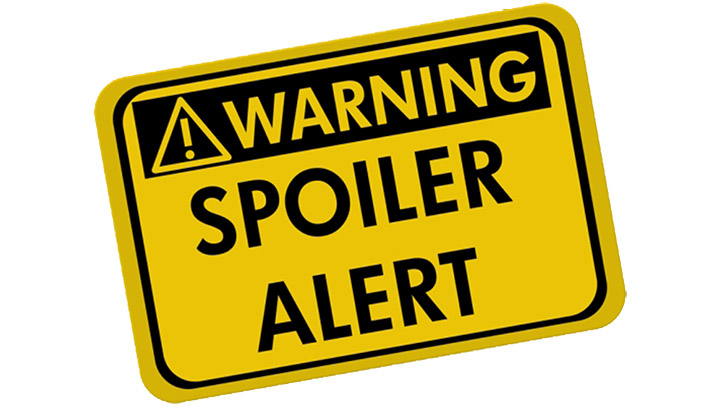Last fall, Rosemarie, our program specialist, travelled to Uganda to deliver a series of workshops on sustainability education.
During her visit, she worked alongside educators, community members, and youth leaders who are actively shaping the future of their communities. The workshops focused on sustainability education as a tool for understanding local and global challenges, strengthening systems thinking, and empowering young people to take informed action.
We invite you to explore this story and spend time with the beautiful picture book that emerged from this collaboration.
Read More








